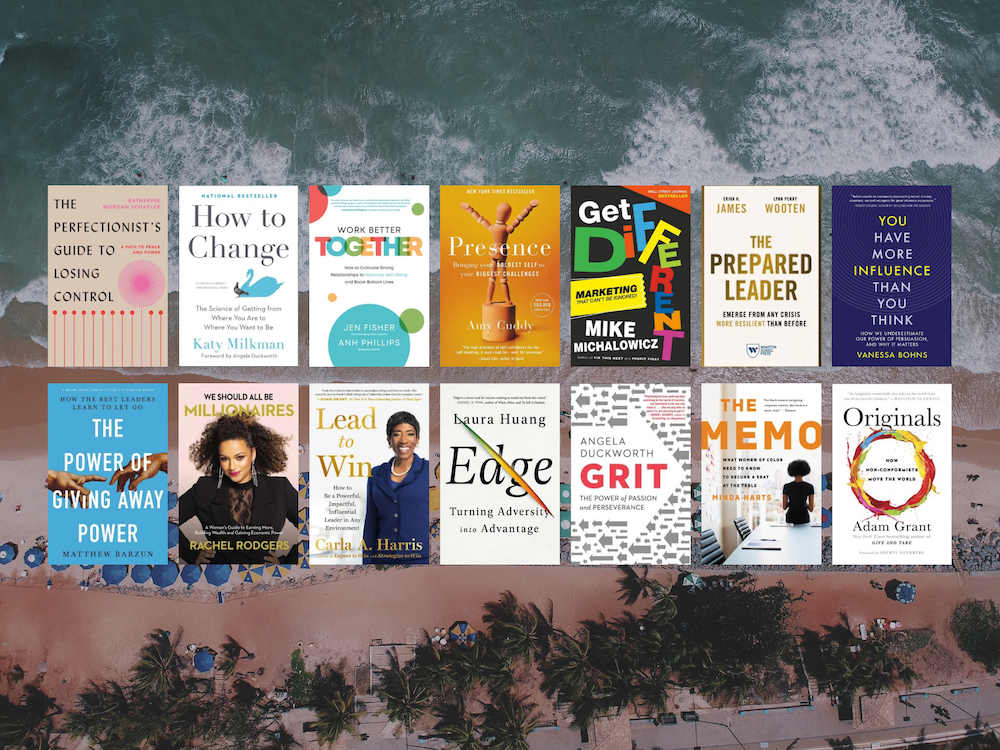Unlocking the true power of LinkedIn

Estimated reading time: 5 minutes
Unlocking the true power of LinkedIn
Now more than ever is a time to focus on E-networking. What better tool to leverage than LinkedIn!?
For years LinkedIn has become the place where we keep in touch with colleagues, promote our personal brands and follow up with those that we have met in person at networking events. What if we flipped this the other way around and started the relationship here to eventually meet these connections in person? What if we could tap into information to be more specific in our search for our dream jobs or help us develop a road map for our careers? We can! LinkedIn can be a valuable resource for prospective, current and past MBA students.
Here are my tips on leveraging a resource that we mindlessly scroll through on a daily basis:
1. LinkedIn Premium
Start yourself with a LinkedIn Premium membership such as job seeker. This leveled-up version of LinkedIn enables you to dive deep while researching new people and getting unlimited messaging capabilities for how often and who you can correspond with. While these memberships do not come cheap, they are well worth the investment (starting at around $30 USD/month).
PRO TIP: If you have never used it before you are able to select Premium LinkedIn membership free for one month as a trial. I would suggest mapping out your strategy before subscribing to this offer. That way you will have a plan before the clock starts ticking down on your free time.
2. The BIG Question . . . and the ANSWER!
What do you want to do after your MBA? I believe this might be the number one question that prospective and current MBA students get. (I know I have been asked it about 52,907,560,270 times already!) Well, do you know the answer? Whether it is crystal clear or you are storming through a fog, LinkedIn is the best place to find some answers. I would suggest you start by mapping out the industries, geographies and companies that spark your interest. From there take note on what types of roles those companies are posting and study those job descriptions. Of course, this may take you down a rabbit hole but in this case it is a good thing! Extend your search by creating an abstract organizational chart based on the employees of the company on LinkedIn. You might discover interesting divisions and roles that you never knew existed.
PRO TIP: Make sure you are logging all of this information that you discover in a separate Excel document. Consider making columns such as dream companies, interesting divisions and leads or postings. You will end up with a huge database of information and you want to keep things as organized as possible.
3. Your Rolodex
In combination with mapping out potential industries, companies and geographies, now is the time to find people with your dream job (or the closest one to it). You can then study the progression that they have had so far in their careers and this will indicate a proven methodology that you can use as inspiration in your own journey. Keep these people in your Excel database as well (see point 2). Now is the time for cold messaging. With a LinkedIn premium account you are able to send messages to people that you find interesting.
Recall how to do this: Make your message succinct, professional and try to find some common ground. Oftentimes, this common ground is that they are also an alumnus of your school, this is a great place to start! At the end of the day, people are busy and won’t always respond to your message. However, for every ten people that don’t respond, or say that they don’t have the time, you will get a “yes” that will bring a wealth of information.
PRO TIP: When drafting the messages, don’t ask for too much. Perhaps a simple single question or a request for a ten-minute conversation. If people say that they don’t have time for ten minutes, it means that they don’t care and if they don’t care, your precious time would be better spent meeting and interviewing someone who will be more invested. So take heart, be patient and this process will pay off in the long run.
4. Company Culture and True Feedback
In combination with point 3 you can also use this research and potential connections near the end of your job search process. For example, perhaps you are dead-set that you want a marketing manager role at company XYZ. Corp that is in the food and beverage industry. If you can connect with someone who currently works at that company to talk about company culture, you’ve hit a gold mine! If you can find someone who, in fact, works in the marketing department at that company in the city that you want to be in, even better! Understanding employees’ perspectives and the pros and cons of companies and specific roles can be extremely insightful, especially when they are not on campus for a recruitment event. If you manage to speak one-on-one, it is likely that the responses that you get will be much more genuine.
5. Follow-Up
Like any other form of networking, once you have had a great message exchange with someone you could potentially ask them for a Zoom chat and/or to keep in touch. Don’t email too often, but rather once a quarter, or biannually, to check in and stay top of mind. Also, be sure to always think about what you can do for them; the process works best with reciprocity.
With all of this research and e-networking you must always remember that this is done for the long-term benefit. You always want to be professional and ensure that you make a good impression. Who knows, maybe someone that you had a Zoom call with now, needs to find a new hire around the same time that you’ll graduate from your MBA. They’ll surely remember you.
Interested in contributing to MBAchic?
Come share your advice and experiences with our community!








